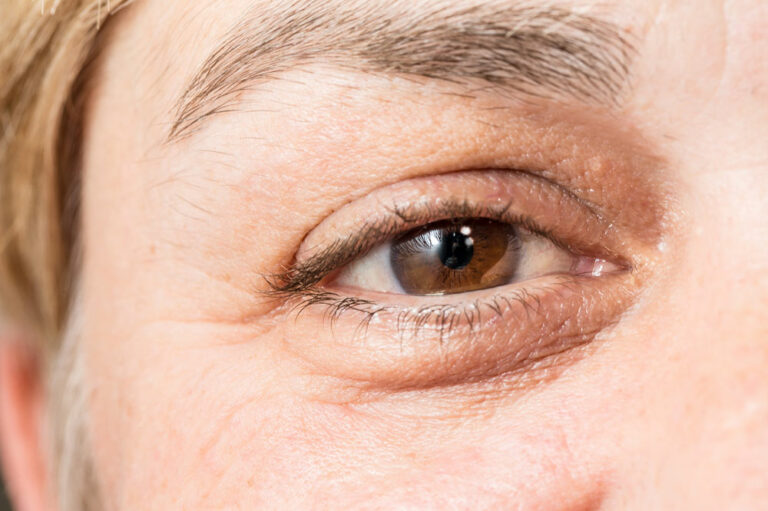Atrial flutter is an unusual cardiac rhythm that can cause serious health problems, including stroke and heart failure, if left untreated. The condition affects many people in our country and is especially common in those with atrial fibrillation. Because of its severity, it is critical to be aware of the disorder and take steps to prevent it. This article discusses what atrial flutter is, its symptoms, causes, diagnosis, and treatment options.
What is atrial flutter?
It is a type of abnormal heart rhythm that typically occurs when the electrical signals in the heart’s upper chambers (atria) begin to overwork. This causes an irregular “fluttering” heartbeat, which may be felt as palpitations or a racing sensation.
Symptoms
Atrial flutter is typically characterized by a fast and usually regular heartbeat. The following are a few signs to look out for, although not everyone with the condition may experience them:
- A rapid and/or irregular pulse
- Lightheadedness or dizziness
- Shortness of breath
- Chest pain or pressure
- Feeling faint or passing out
- Palpitations or a sensation of “fluttering” in the chest
- Difficulty exercising
Those who experience these symptoms should visit a health expert to determine the cause, as ignoring them can lead to severe complications.
Causes
Those at risk of developing this condition should know its potential causes. The factors that can trigger atrial flutter include:
- Heart disease
Heart conditions can weaken the heart muscle, which can lead to atrial flutter. - Abnormal electrolyte levels
Abnormal potassium, magnesium, or calcium levels can disrupt the electrical signals in the heart and trigger an abnormal heart rhythm. - Thyroid disease
An overactive thyroid gland can produce hormones that can affect the heart’s electrical activity, leading to atrial flutter. - High blood pressure
Long-term high blood pressure can weaken the heart’s electrical system, making a person more prone to the condition.
Diagnosis
Diagnosing atrial flutter may involve performing numerous tests, including pulmonary tests, electrocardiograms (ECG), echocardiograms, and blood tests. Here is a quick look at what these procedures entail:
- Pulmonary test
A pulmonary test diagnoses atrial flutter by measuring the oxygen levels in the bloodstream. It also helps identify any blockages in the pulmonary artery, as well as potential complications. - Electrocardiogram
An electrocardiogram (ECG) is one of the most common tests to diagnose the condition. It measures electrical activity in the heart, allowing doctors to identify abnormal rhythms. - Echocardiogram
It uses sound waves to create images of the heart that help diagnose atrial flutter. This test can detect changes in the heart’s size, structure, and movement. - Blood tests
Blood tests are used to diagnose abnormal heart rhythms because they can provide information about the levels of various hormones in the body. They can also help detect underlying conditions contributing to the development of atrial flutter.
Treatment options and management
Several treatments and therapies can help control abnormal heart rhythms and reduce the risk of complications. Here are a few common examples:
- Electrical cardioversion
Electrical cardioversion may be recommended if traditional treatments are ineffective in controlling the heart rate. During this procedure, a brief electric shock is sent to the chest, which helps restore normal heart rhythm. - Ablation
In some cases, a catheter-based ablation procedure is recommended. This procedure uses radiofrequency energy to create small areas of scar tissue inside the heart. These scarred areas block electrical signals and prevent them from traveling along abnormal pathways, helping restore normal heart rhythm. - Surgery
Surgery may be recommended in severe cases. During surgery, a pacemaker is implanted to help regulate the heart rate and rhythm.
Besides the procedures mentioned above, doctors may recommend treatments to slow the heart rate and help control the abnormal rhythm. Patients should use a treatment only after consulting a doctor to avoid side effects. With proper treatment, it is possible to control the abnormal heart rhythm and reduce the risk of complications. Patients should also visit the expert regularly to track their progress and modify treatment plans if required.












